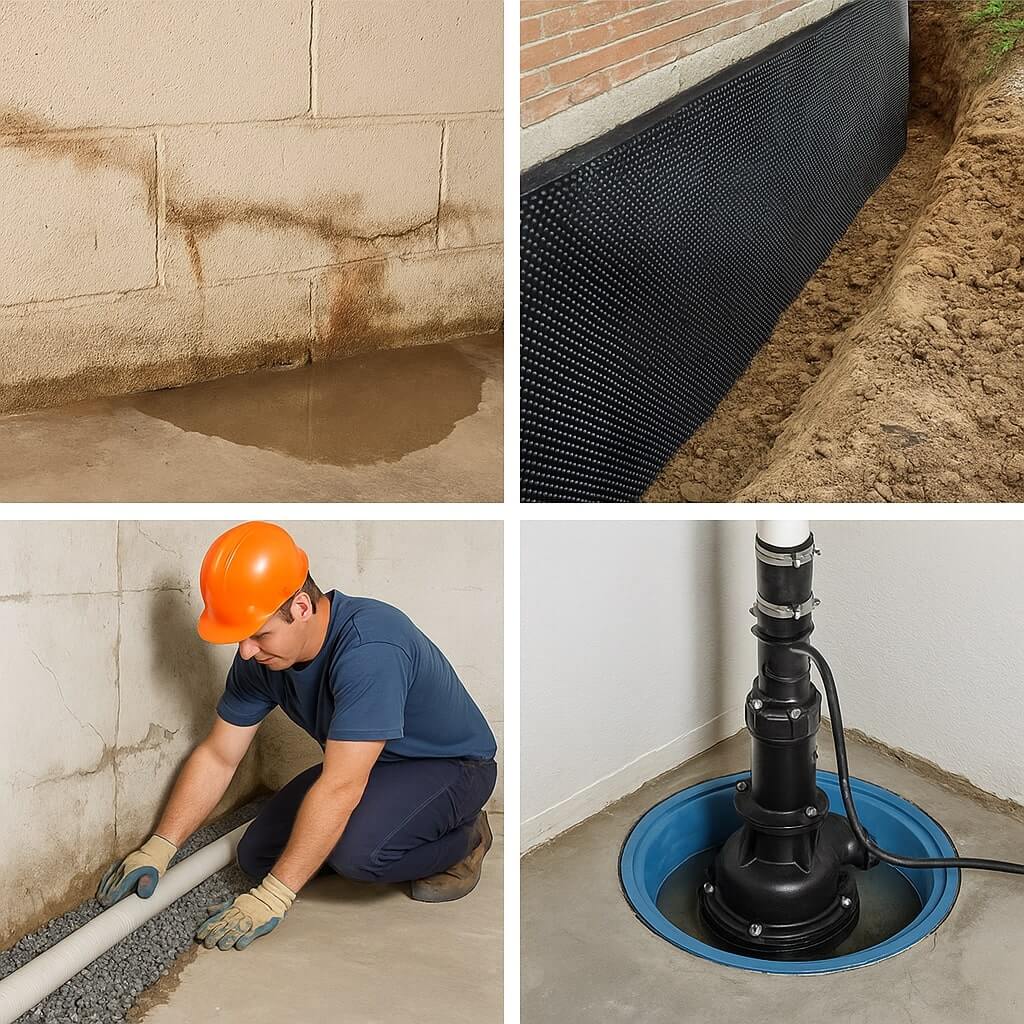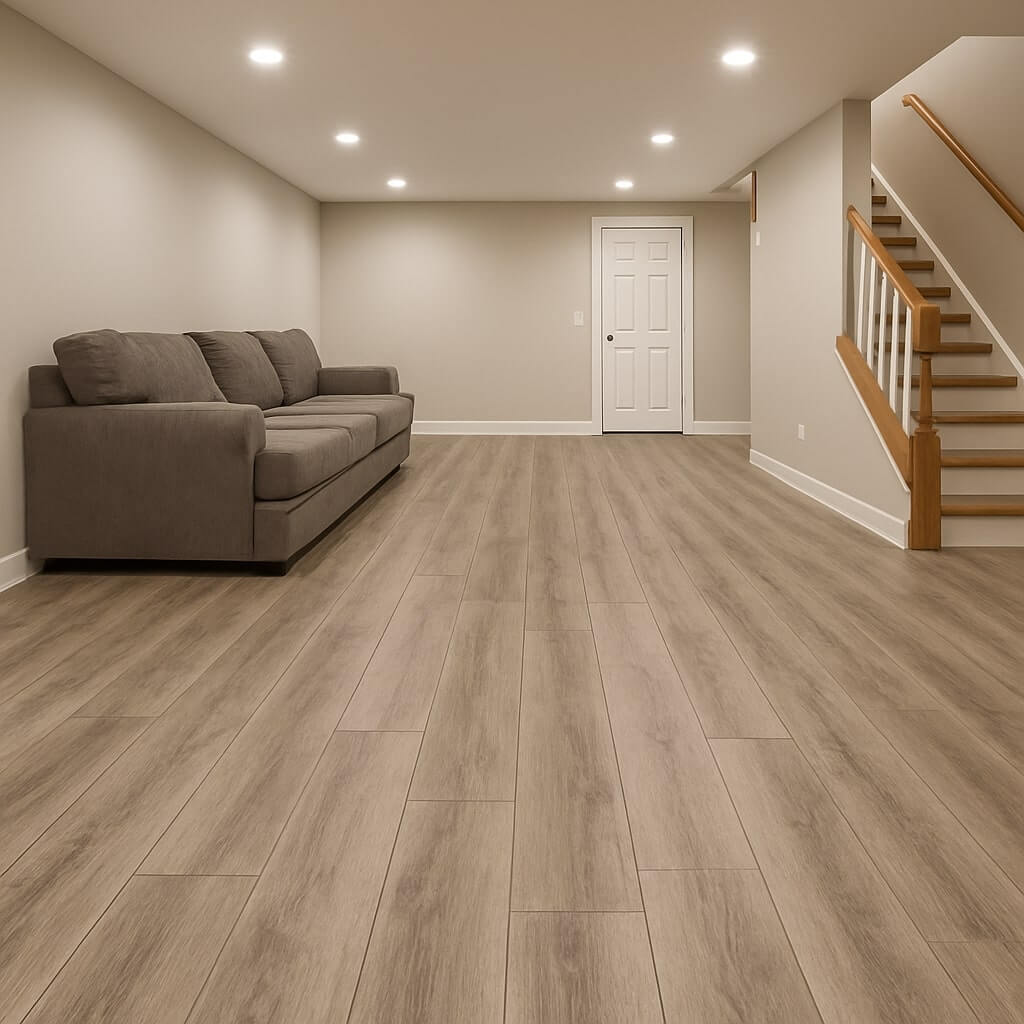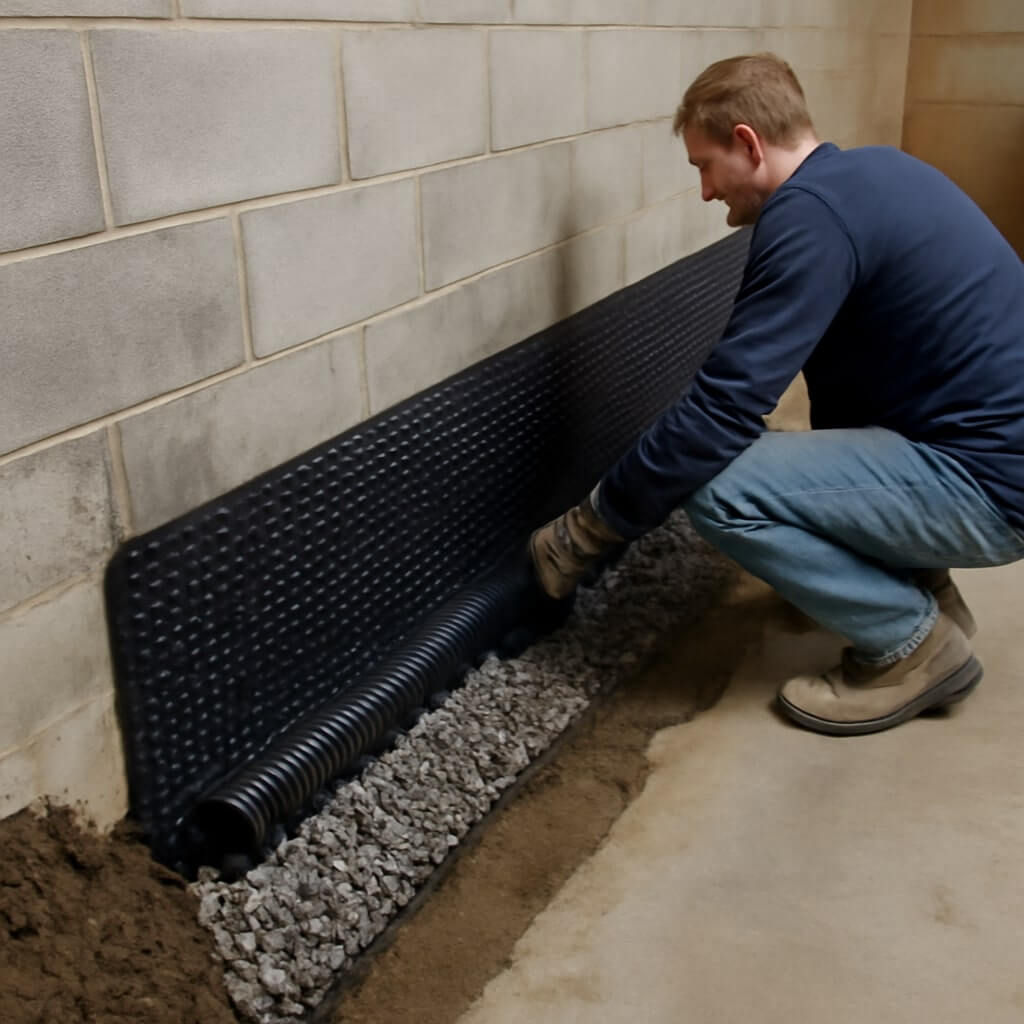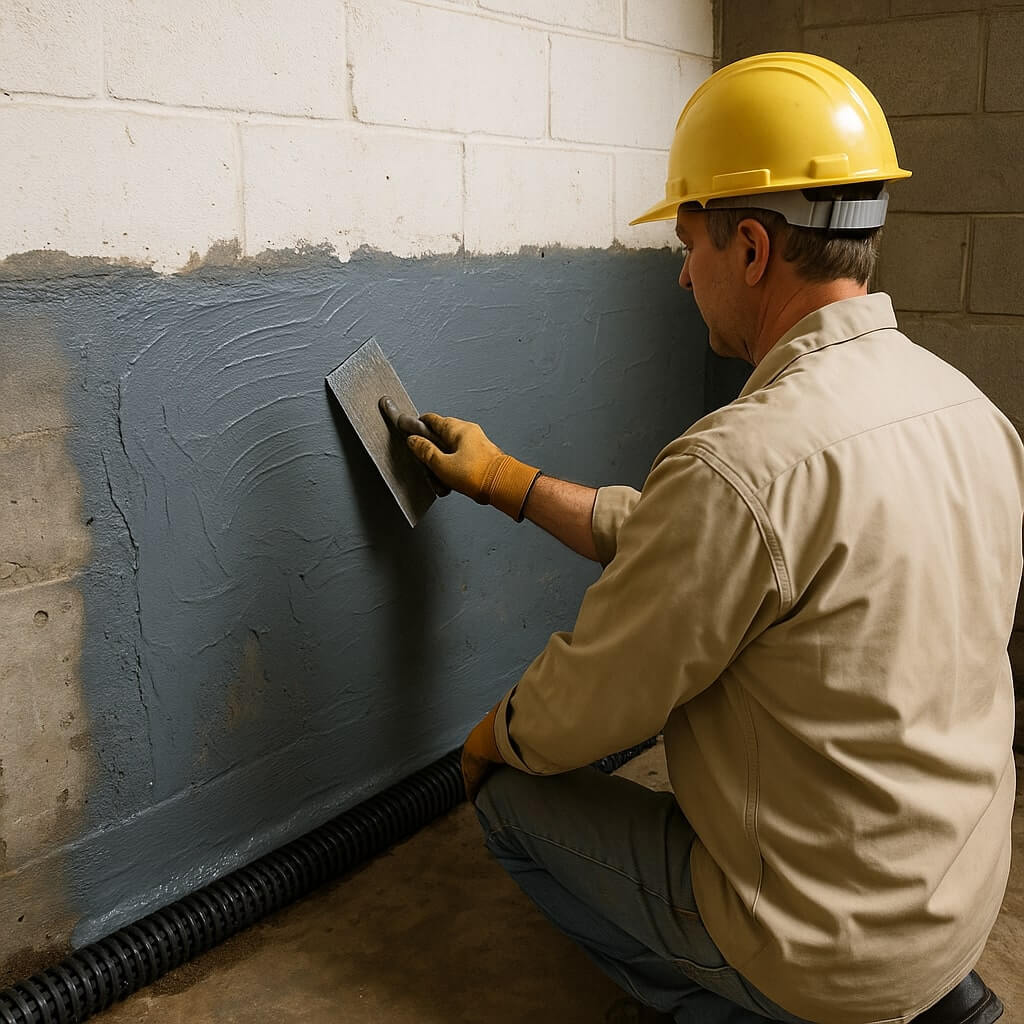Basement waterproofing is a critical investment for homeowners aiming to protect their property from water damage, mold growth, and foundation issues. However, the cost of basement waterproofing can vary significantly due to a range of influencing factors. Understanding these variables is essential for making informed decisions and budgeting effectively.
In this comprehensive guide, we’ll explore the key factors that impact basement waterproofing expenses, provide cost estimates, and answer frequently asked questions to help homeowners navigate their waterproofing projects confidently.
Major Factors That Influence Basement Waterproofing Costs
1. Type of Waterproofing Method
The chosen method is the most significant cost driver. Waterproofing techniques fall into three main categories:
- Interior Waterproofing (Most Affordable)
Involves sealing cracks, installing sump pumps, or vapor barriers. Costs typically range from $500 to $4,000. - Exterior Waterproofing (Most Expensive)
Involves excavation, membrane application, and drainage system installation. Can cost between $5,000 and $15,000 or more. - Drainage System Installation
Includes French drains or weeping tiles to redirect water. Price varies from $2,000 to $10,000.
2. Extent and Nature of Water Damage
Severe or prolonged water issues may require structural repairs, mold remediation, or reinforcement, driving up the cost. Mild dampness is cheaper to resolve than active leaks or flooding.
3. Foundation Type and Material
- Poured Concrete Foundations are easier and less expensive to waterproof.
- Block or Stone Foundations often have more seams and require specialized treatment, increasing costs.
4. Basement Size and Accessibility
Larger basements naturally require more material and labor. Limited access (e.g., tight yards or close buildings) can increase excavation difficulty, adding labor and machinery costs.
5. Soil Conditions and Water Table Level
Areas with clay-heavy soil or a high water table typically have more water pressure around the foundation, demanding more robust (and expensive) solutions.
6. Geographic Location
Labor rates and material costs vary by region. Urban areas often see higher contractor fees, while regions prone to heavy rainfall may have elevated waterproofing needs.
7. Permits and Inspection Fees
Local regulations may require permits or inspections, adding $100–$1,000+ to your total cost, depending on the municipality.
8. Contractor Expertise and Warranty
Experienced contractors may charge more upfront but typically offer longer warranties, better-quality work, and peace of mind.
Cost Breakdown Snapshot
| Expense Component | Estimated Cost Range |
|---|---|
| Interior Sealant & Coating | $500 – $2,000 |
| Exterior Excavation | $5,000 – $15,000+ |
| Drain Tile/French Drain | $2,000 – $10,000 |
| Sump Pump Installation | $1,000 – $3,000 |
| Crack Injection Repair | $350 – $1,500 per crack |
| Dehumidifier System | $800 – $1,500 |
FAQs: Basement Waterproofing Expenses
Is interior waterproofing enough to prevent flooding?
Can I DIY basement waterproofing to save money?
How long does basement waterproofing last?
Interior sealants: 5–10 years
Exterior membranes: 25–50 years
Drainage systems: 20–30 years, with maintenance
Does insurance cover waterproofing expenses?
What signs indicate I need waterproofing?
Musty odors or mold
Visible cracks or wet walls
Efflorescence (white powdery deposits)
Standing water or damp floors
Conclusion
Understanding the factors affecting basement waterproofing expenses is essential for homeowners who want to protect their investments wisely. From the choice of waterproofing method to your home’s location and soil type, each element plays a role in shaping the final cost. While investing in professional services may seem expensive upfront, it prevents much greater damage and cost in the long run.




